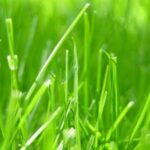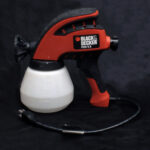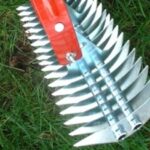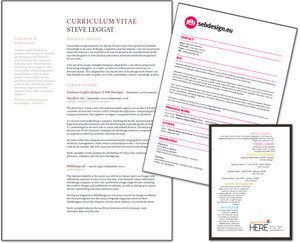Having a “green” landscape may sound like an oxymoron- these days, it’s not. Chemical fertilizers, insecticides, and herbicides have invaded our landscapes worse than gnats at a picnic.
Switching to a natural fertilizer is one of the best steps to a healthy lawn and garden plants. Compost tea is sold a garden centers for a hefty price.
Make and use your own- free. You can apply it with a garden sprayer or with a watering can.
You will need:
- A compost pile- large or small
- Garden fork or rake
- A five-gallon bucket with a lid
- A stirring stick
- An aquarium bubbler (optional)
- Watering can or garden sprayer
- Old colander and cheesecloth
- Dark molasses
Step One:
Gather grass clippings, kitchen refuse and leaves in a pile. Crushing or stomping the leaves down helps break them down faster. Water the pile and leave it alone for a week.
The following week, layer on another pile of grass clippings, leaves and kitchen refuse. Water and leave it alone. Be sure to toss bones, meat and non-plant material in the trash can for pickup. These items attract critters you don’t want in your compost pile.
Do the same for the third week, but using the rake or fork, mix the new layer in. Water and leave it alone.
The fourth week, you should notice black particles at the bottom of the pile. This is compost- the stuff gardeners call “black gold.
Gather approximately a quart’s worth. If it takes a few weeks for the pile to reach this goal, that’s okay.
The day before you start your tea, fill your bucket nearly full with tap water and allow to sit overnight uncovered. This allows the chlorine to dissipate.
Step Two:
Sift the compost to get the large bits out. Place the large bits back in the compost pile. You want the fine stuff.
Pour the compost into the bucket. Add two tablespoons of molasses. The sugars in the molasses help feed the bacteria.
Step Three:
For the next four days, your task is this. Stir well, and leave alone with the lid on.
Step Four:
Remove the lid on the fifth day and smell. You should smell an “earthy” smell, like soil. The bacteria are hard a work- that’s what we want. The bacteria feeds the microbes that feed your plants. This is all beneficial bacterial.
Step Five:
Strain, using the colander and cheesecloth. Use one cup of compost tea to one gallon of water. I like using heavy concentrations, and my plants don’t object. You can use half a cup to a gallon of water if you like.
Step Six:
Plan to use all of your compost tea. It will not store or keep for more than a few days.
Return all the solids at the bottom to the compost pile, or give it to your houseplants- they’ll thank you.
Note: If you want fast compost tea, use an aquarium bubbler. There will be far more bacteria with the introduction of oxygen (the reason you stir every day), but the tea needs to be used within 24 hours.
This natural fertilizer is also a natural fungicide. If it runs off your lawn, it won’t hurt the ecosystem, like chemical fertilizers do. The best part about using compost tea is, you can never use too much and burn your lawn or plants.
This Old House’s” Landscaping Contractor Roger Cook has a recipe for creating 55 gallons of compost tea to feed an acre of lawn. If you don’t have an acre, making amounts is better, because the bacteria do not live in storage.
Source: Roger Cook, “How to Make and Use Compost Tea,” This Old House Website, no date given
Source: Staff Article, “Compost tea, easy as 1 2 3,” Pennsylvania Department Environmental Protection website, no date given
Source: The author of this article has over 40 years of experience in diverse forms of DIY, home improvement and repair, crafting, designing, and building furniture, outdoor projects and more.






